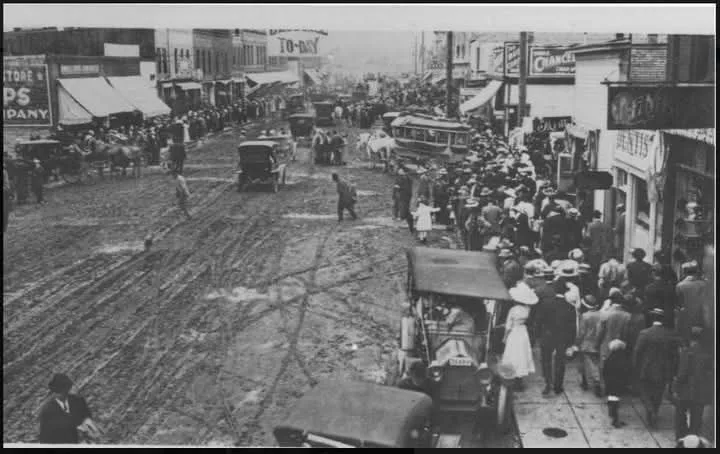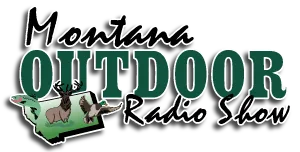In 1913, Lewistown, Montana, was a bustling hub of activity and growth, (pictured above) exemplified by events such as Scovel’s Bus navigating the corner of 4th Avenue South onto Main Street during a local parade. This period marked significant developments for the city, including the extension of the Great Northern Railroad’s branch line to Lewistown, which fostered homesteading and the expansion of wheat farming in the region. via hiddenmt.com
The early 20th century saw Lewistown emerge as a central exchange for area resources and needs. The city’s strategic location made it an important railway destination, facilitating the transport of goods and people and contributing to its economic vitality. via hiddenmt.com & Wikipedia
Architectural developments during this era also reflected Lewistown’s prosperity. The Crowley Block, constructed in 1913 at 311 W. Main Street, is one such example. Daniel M. Crowley, an early settler who arrived in the 1880s, initially established the Lewistown Livery Stable and later expanded his ventures to include the Crowley and Kemp’s Saloon adjacent to the stable. via lewistownlibrary.org
From humble beginnings to a lively, essential hub, Lewistown’s early 20th-century glow-up laid the foundation for the thriving community it is today.
Photo via James Baldwin | Caption: Lewistown, Montana, ca 1913. Scovel’s Bus on the corner of 4th Ave South just turning on to Main Street after a parade. View shows the buildings on the right side of the 400 block and the right and left side of the 300 block





